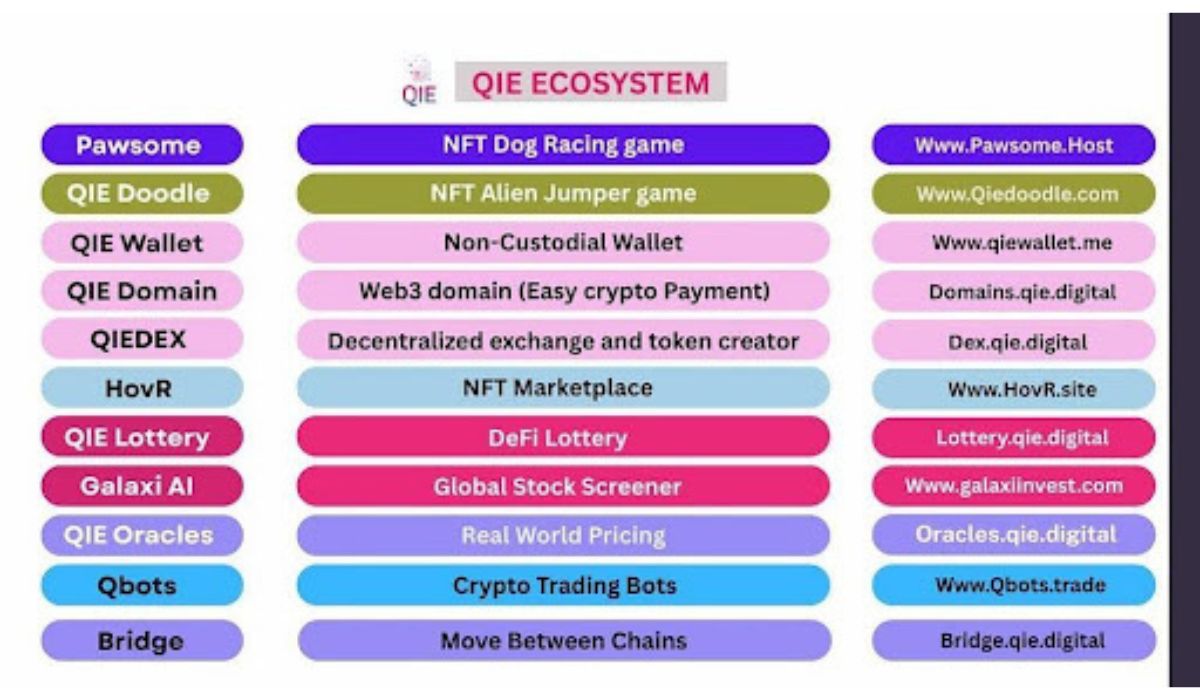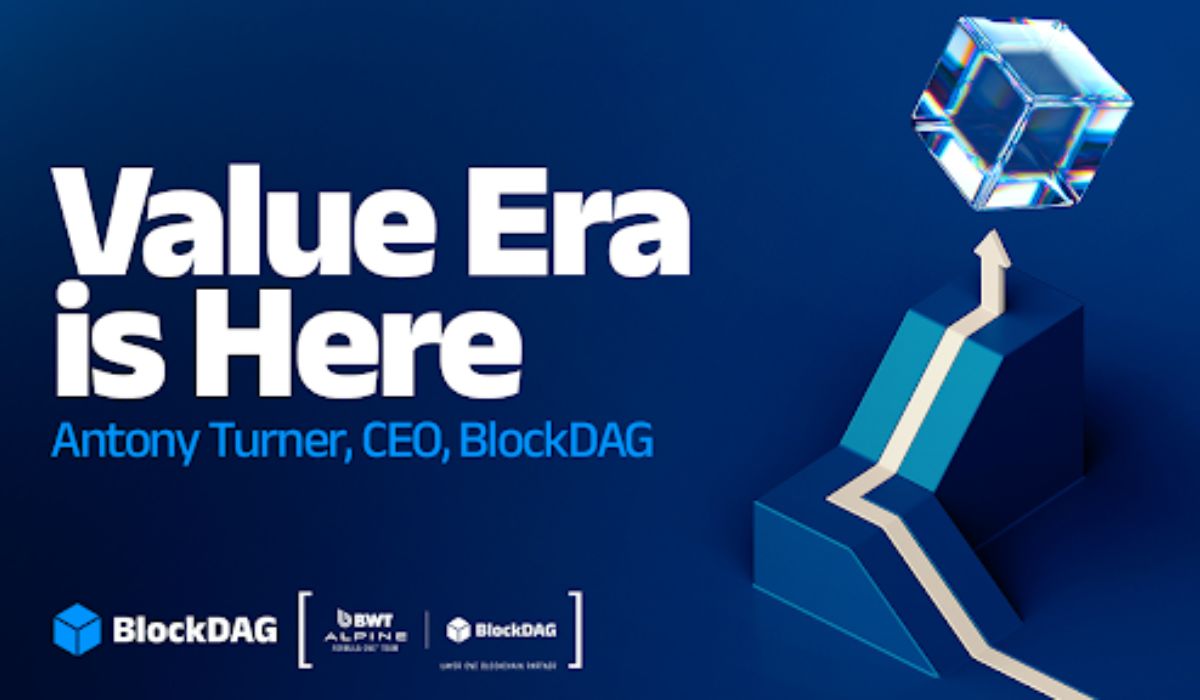
The Move language, initially built for Meta’s Diem and adopted by Aptos, reshapes how developers approach smart contract safety. Move treats assets as resources, owned, transferable, and impossible to duplicate accidentally. This design eliminates many classical attack vectors but introduces new logic and capability risks that require specialized review.
A Move smart contract audit validates whether on-chain logic, resource management, and module visibility behave safely under all conditions. It’s not a syntax check; it’s a full examination of how design assumptions hold under Move’s ownership model. This article outlines what developers should expect from a professional Move audit, its phases, typical findings, and how to prepare effectively.
Understanding Move’s Security Model
Move enforces safety by construction. Every piece of data is either a copyable value or a non-copyable resource, making unauthorized duplication and reentrancy impossible by design.
For auditors, this removes many EVM-era risks, such as reentrancy and overflow, but does introduce some new ones:
- Capability Mismanagement: Untracked or lingering privileges;
- Friend Module Overexposure: Unintended access to private logic;
- Resource Lifecycle Mismatches: Assets created or dropped inconsistently.
Aptos audits focus on confirming that these guarantees hold across all execution paths, not just under normal conditions.
Scoping and Preparing for an Audit

Smart contract auditing involves pre-audit preparation, code review, testing, documentation, remediation, and a final review before deployment.
A Move audit begins with a well-defined scope. Projects typically provide:
- Complete Move module files (source or verified package);
- A dependency list and manifest;
- Documentation outlining key design assumptions (what each module does, what should never happen);
- Deployment goals: whether the audit targets testnet, mainnet, or an upgrade.
A good audit scope covers both core modules (like liquidity pools, token minting, or vaults) and critical dependencies (such as oracle integrations or capability managers). Developers should prepare by running the Move Prover locally to verify basic properties. Doing so shortens audit cycles and helps identify low-hanging issues early.
Common pre-audit findings include:
- Overly broad friend relationships between modules;
- Missing capability checks before invoking privileged functions;
- Unsafe upgrade or publish policies;
- Signer mismatches or over-trusted account permissions.
These are rarely fatal, but they highlight the importance of documenting capability flows and friend declarations clearly before any external review.
Inside the Manual Review Process
Manual line-by-line review remains the audit core. Tools assist, but human reasoning validates business logic and resource integrity.
Auditors trace:
- Where each resource is created, stored, and destroyed;
- Whether any module can consume or borrow it unexpectedly;
- How capabilities persist or expire over time.
Because Move eliminates reentrancy, emphasis shifts toward state consistency, ensuring no assets remain unclaimed, unlocked, or duplicated through complex flows. In addition, auditors also inspect friend relationships, confirming that only trusted modules gain privileged access and that none can escalate permissions indirectly.
Testing and Formal Verification
The testing phase combines formal verification and dynamic analysis.
- Move Prover: Confirms invariants such as “total supply never decreases” or “vaults always have a single owner;”
- Fuzzing & Property-Based Testing: Randomized execution to detect invariant violations;
- Parallel Execution Testing: Ensures no nondeterministic states under Aptos’s concurrent transaction model.
While formal proofs offer mathematical certainty, their accuracy depends on well-defined specifications. Auditors often refine these specs or highlight unverified assumptions for follow-up.

Conducting a smart contract audit is not just a one-time event; it’s a strategic process that should align with key milestones in a project’s lifecycle.
Reporting and Post-Audit Follow-Up
Final reports categorize findings by severity:
- High: Logic flaws or resource theft vectors;
- Medium: Privilege or capability misconfigurations;
- Low: Minor checks or naming inconsistencies;
- Informational: Suggestions for maintainability or clarity.
Each issue includes description, impact, remediation advice, and relevant code excerpts. A verification round follows remediation, confirming that fixes have been re-audited and redeployed correctly.
Deliverables include:
- Full report with scope, methodology, and severities;
- Re-audit confirmation;
- Move Prover verification summary.
These artifacts become core proof points for investors, ecosystem listings, and integrations.
Common Findings in Aptos Move Audits
- Capability Leakage: Unrevoked privileges enabling unintended minting/burning;
- Friend Abuse/Over-Trust: Test modules left as friends in production;
- Signer Mismanagement: Implicit authorizations across modules, missing checks at entry functions;
- Logic Inconsistency: Misplaced store/drop causing balance mismatches or stranded resources;
- Upgrade Policy Oversights: Unrestricted publish/upgrade paths enabling hostile redeploys;
- Incomplete Spec Coverage: Missing invariants that let logic bugs bypass the prover.
“Safe by design” ≠ “audit optional.” Type safety still needs design safety.
Economic and Logic-Level Risks
Auditors also validate economic correctness and systemic assumptions beyond language safety:
- Collateralization thresholds and liquidation flows;
- AMM pricing accuracy under concurrent updates;
- Oracle latency/ordering effects under parallel execution.
Examples:
- Delayed oracle updates causing under-collateralization;
- Reward miscalculation from mis-ordered capability validation;
- Loops failing if resources aren’t dropped correctly.
Risks of Launching Without a Move Audit
- User Fund Risk: Capability or signer misroutes can enable unintended transfers;
- Governance Drift: Permissive publish/upgrade policies enable hostile code changes;
- Operational Drag: Missing specs slow incident triage and patch validation;
- Trust Erosion: Ecosystem listings and partners increasingly expect third-party verification.
When to Schedule a Move Audit
- Before Mainnet Launch: Conduct a full audit once the codebase is feature-complete and frozen for deployment;
- After Any Change, Regardless of Size: Even minor adjustments can alter capability flow, storage behavior, or resource visibility. Re-verify all invariants and rerun the Move Prover after each modification;
- After Major Architectural or Capability Refactors: New modules, resource types, or publish/upgrade policies demand a comprehensive reassessment;
- After Upgrading Move, Aptos, or Sui Toolchains: Compiler or framework updates can shift semantics or introduce subtle behavior changes.
Developer Best Practices Before an Audit
Preparation can save weeks of audit time. Developers can adopt a few key habits before submitting code for review:
- Integrate Move Prover early in development;
- Map capabilities and expected ownership flows;
- Restrict friend modules to essential collaborators;
- Define upgrade policies and lock publish rights;
- Use consistent naming and documentation.
By following these steps, teams reduce friction and make the audit phase more about refinement than discovery.
The Role of Move Audits in the Aptos Ecosystem
Audits have become a trust requirement for Aptos deployments. Foundations and launchpads increasingly require third-party verification before listings or integrations. Beyond compliance, audit insights feed back into shared libraries, improving community-wide security maturity. This cycle, review, disclosure, and refinement form the backbone of Aptos’ growing developer culture.
The Human Element
Even with tools like Move Prover and fuzzing frameworks, human reasoning remains irreplaceable. Security engineers interpret specifications, question assumptions, and uncover systemic risks that automated checks overlook. For instance, a code snippet might pass all proofs yet fail at runtime due to an off-chain oracle discrepancy or mis-specified parameter update. An experienced auditor recognizes such patterns from prior incidents across different blockchains. This human pattern recognition, cross-chain intuition applied to Move’s structured environment, is what differentiates a routine audit from a comprehensive one.
Conclusion
A Move smart contract audit on Aptos is not about proving that “no bugs exist.” It’s about validating that design assumptions and ownership models remain consistent under all conditions. Move’s type system removes many traditional vulnerabilities, but economic, architectural, and privilege-level risks still demand expert verification.
By combining formal proofs, manual reasoning, and adversarial testing, professional audits transform code safety into measurable confidence, helping developers, investors, and users trust the systems they build upon.






















![Why Crypto Market Is Surging Today [Live] Updates On November 10,2025](https://image.coinpedia.org/wp-content/uploads/2025/02/04155007/Why-Is-the-Crypto-Market-Up-Today-Heres-Whats-Driving-the-Surge-1024x536.webp)

 24h Most Popular
24h Most Popular








 Utilities
Utilities